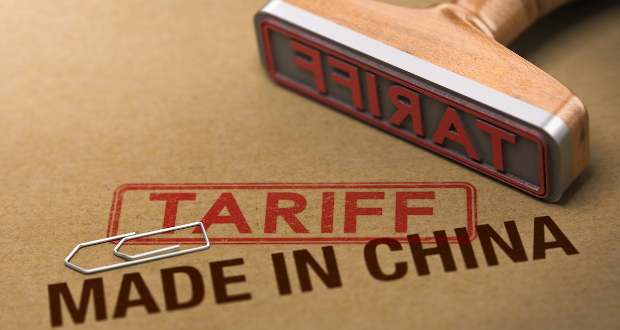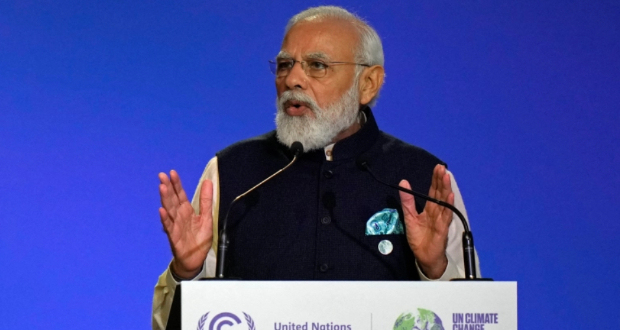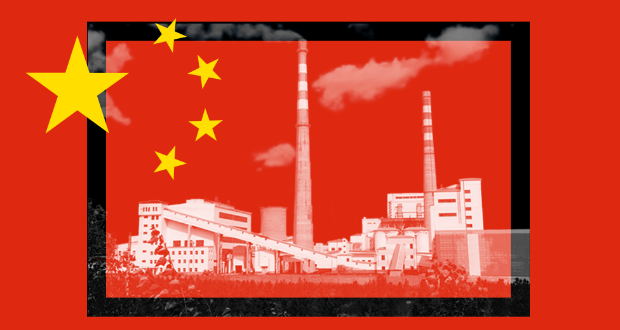The USMCA gives businesses and traders certainty about the economic relationship between the three countries, and the long history of their cooperation should make North America the key economic platform for a more competitive and dynamic economy that is best placed to reduce exposure to Chinese supply chains and compete globally. However, in order for this to happen, USMCA countries need to work together to address the gaps that have opened between U.S. trade and investment restrictions on China and Mexico and Canada’s trade and investment settings. Going forward, the U.S. should coordinate more closely with Canada and Mexico on any new trade and investment restrictions applied to China. The fact is that for the U.S. to effectively de-risk its economic relationship with China, a more coordinated North America approach is required. Failure to build a cohesive North American approach will likely lead to the U.S. adopting a more go-it-alone, less effective approach when it comes to China, and would be a missed opportunity to further strengthen North American economic relations.
The economic importance of North America
Trade and investment across North America underpinned by the USMCA is the most important economic relationship for the US, Mexico and Canada. Over $1.8tn dollars in annual trade happens between these three countries, accounting for approximately 17 million jobs. Around 75% of Canada’s exports and 78% of Mexico’s exports are to the U.S., and around 33% of U.S. exports go to Canada and Mexico. As a result, North America is a geography of deeply interconnected supply chains, particularly in automotive, but also medical equipment, IT products, pharmaceutics, chemicals, and more.
De-risking the US’s economic relationship with China
The U.S. goal of reducing its economic interdependence with China—so-called de-risking—is a key focus for the U.S. that will likely only intensify. To this end, the U.S. has adopted a range of trade and investment restrictions on China. These include tightened inbound investment screening, new requirements on US investors to notify the US Treasury Department about investment into China into particular sectors, export controls that include restrictions on access to U.S. technology used to produce high-end semiconductors, and tariffs. Recently, USTR completed its Section 301 review of the U.S.-China tariffs which led the Biden Administration to increase tariffs on $18bn of imports from China, which included increased tariffs on semiconductors, 100% tariffs on EVs, and higher tariffs on EV batteries, to name a few.




